Turning the Page

Turning the Page
 Walking through the beautifully grained door into the North Library there is an immediate sense of tranquillity, of coherence, of balance. Looking at the symmetrical shelves, I wonder, just like everyone else, where should I begin? Which shelf should l look at, which coloured bindings to inspect, what might have I have read? A well arranged library leads the eye, lead the thoughts and inspires the wonder…
Walking through the beautifully grained door into the North Library there is an immediate sense of tranquillity, of coherence, of balance. Looking at the symmetrical shelves, I wonder, just like everyone else, where should I begin? Which shelf should l look at, which coloured bindings to inspect, what might have I have read? A well arranged library leads the eye, lead the thoughts and inspires the wonder… Sometimes I do stop and take time out and, slowly look along some of the shelves. Here is a biography, there an account of travel through the Americas, with drawings and maps, published in 1775, on those shelves novels by Charles Dickens, or an early edition of Shakespeare curated by Alexander Pope, books in French or Italian, Latin or Greek.
Sometimes I do stop and take time out and, slowly look along some of the shelves. Here is a biography, there an account of travel through the Americas, with drawings and maps, published in 1775, on those shelves novels by Charles Dickens, or an early edition of Shakespeare curated by Alexander Pope, books in French or Italian, Latin or Greek. Looking down to the lowest large double height shelves are huge books with engraved plates capturing moments of time in Egypt, or Bibles as well as atlases with maps to show you around the world. On the maps’ reverse blank pages are early drawings by children who lived here 150 years ago. I can only imagine that they sat on the floor with crayons carefully creating large shapes (their pet dogs) stick figures and slowly drawing writing characters to make words and trying to write their names.
Looking down to the lowest large double height shelves are huge books with engraved plates capturing moments of time in Egypt, or Bibles as well as atlases with maps to show you around the world. On the maps’ reverse blank pages are early drawings by children who lived here 150 years ago. I can only imagine that they sat on the floor with crayons carefully creating large shapes (their pet dogs) stick figures and slowly drawing writing characters to make words and trying to write their names.
 Before writing, the first efforts to share and depict the world around were through drawings, such in the caves in France which have long intrigued us all. They are so expressive and clear.
One of the most famous is the Grotte de Lascaux in the Dordogne. The interior walls and ceilings of the cave and covered with hundreds of scenes mainly depicting large animals although there some small human stick figures and some abstract signs. The most significant images have been painted onto the walls using red, yellow, and black colours from a multiplicity of mineral pigments.
In fact such drawings have been found in many parts of the warmer world and draw us today back into their world – the art was and is valued. Whilst academics write theses on their raision d’etre, perhaps the drawings just record what mattered to them in the world as well as the seasons.
Before writing, the first efforts to share and depict the world around were through drawings, such in the caves in France which have long intrigued us all. They are so expressive and clear.
One of the most famous is the Grotte de Lascaux in the Dordogne. The interior walls and ceilings of the cave and covered with hundreds of scenes mainly depicting large animals although there some small human stick figures and some abstract signs. The most significant images have been painted onto the walls using red, yellow, and black colours from a multiplicity of mineral pigments.
In fact such drawings have been found in many parts of the warmer world and draw us today back into their world – the art was and is valued. Whilst academics write theses on their raision d’etre, perhaps the drawings just record what mattered to them in the world as well as the seasons.
 Drawing is an essential skill which allows us to communicate, create spaces, architecture and art. From there we have shaped it into specific language. Our lives are about storytelling even if today we also tell visual stories on screens and monitors acting out other’s lives. In order to create those stories we still need to read and write and put together the connection between what is in our mind, our thoughts and spirit and those of other people. Listening to stories is not passive, it is active, we wonder what would we do, what is going to happen, will the people be happy, will it be a good ending…
Drawing is an essential skill which allows us to communicate, create spaces, architecture and art. From there we have shaped it into specific language. Our lives are about storytelling even if today we also tell visual stories on screens and monitors acting out other’s lives. In order to create those stories we still need to read and write and put together the connection between what is in our mind, our thoughts and spirit and those of other people. Listening to stories is not passive, it is active, we wonder what would we do, what is going to happen, will the people be happy, will it be a good ending… As a writer, I am writing hoping people will read the story and enjoy it- readers are essential to my life. Therefore I thought we should begin a Readers’ Prize. Please read a book over the summer. Decide which of the five categories it best fits, write a short review and send it in.
Legal and General are generously sponsoring cash prizes for winners and runners up which is very kind. Please do share this and encourage friends and family to enter. Share it with schools or colleges, perhaps the best classes’ entry should be our guests at the history festival.
https://www.highclerecastle.co.uk/highclere-castle-book-awards
As a writer, I am writing hoping people will read the story and enjoy it- readers are essential to my life. Therefore I thought we should begin a Readers’ Prize. Please read a book over the summer. Decide which of the five categories it best fits, write a short review and send it in.
Legal and General are generously sponsoring cash prizes for winners and runners up which is very kind. Please do share this and encourage friends and family to enter. Share it with schools or colleges, perhaps the best classes’ entry should be our guests at the history festival.
https://www.highclerecastle.co.uk/highclere-castle-book-awards
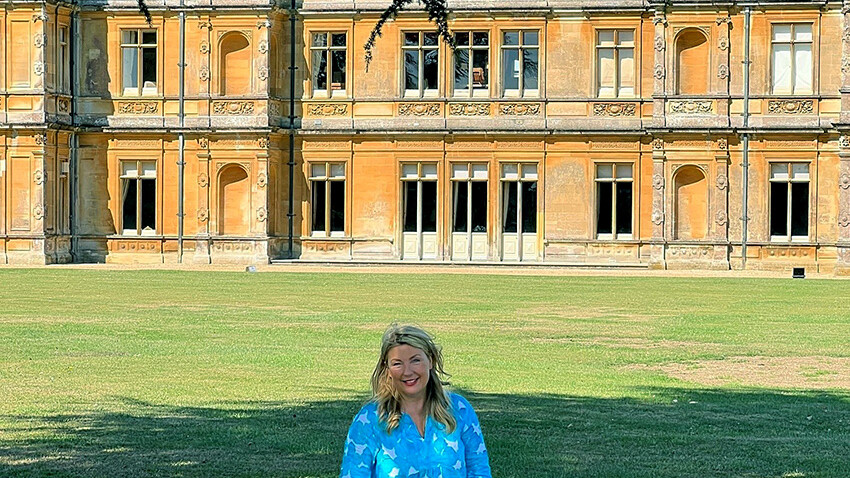
- Christmas
- Community
- Dogs & Horses
- Egypt & Tutankhamun
- Entertaining
- Farm
- Filming
- Gardens
- History & Heritage
- Daily Life
- Royalty
- Cooking
- Interiors
- Heroes
- Architecture
- Cars
- Conservation
- Downton Abbey
- Events
- Gardens & Landscape
- Highclere Castle Gin
- History
- Planes
- Restoration
- Stories & Books
- Uncategorized
- Visitors
- Wildlife
67 Comments
Love the paw….so expressive.
Marguerite
Amazing, when ghosts of the past interlope into the present. In 150 years time, I wonder what future generations of Highclere will stumble upon when browsing the shelves…a book written in 2022 by Lady Carnarvon, records of Geordies race horse achievements and so much more.
What a legacy….a work in progress!
What joy to have so many books to choose from.
fondly Jenny
What a great idea! As a teacher (semi-retired but aren’t we always teaching?) Books in print hold a special place in my heart!
The library in any home is my favorite room. My father brought home The Lion, the Witch and the Wardrobe home from the church library when I was 9. A lifelong reader was born. I am forever grateful.
Lady Carnarvon,
Thank you for the many details of the Highclere library history, the beautiful picture of this lovely room, and the anticipated entries into the Readers’ Prize contest. Even if one doesn’t win, it whets the appetite of voracious readers such as myself! Also, the use of crayons by long-ago small children piqued my curiosity, so I did a little research and found the following:
“Who used crayons first?
“Similar method used Ancient Greeks and Romans. The first crayons appeared in Europe and were made with charcoal and oil but we don't know for sure when. One source says that Pliny the Elder, a Roman scholar, described the first techniques of drawing with wax crayons. Pastels were used by Leonardo da Vinci in 1495.” (I apologize for not recording the source….)
Thank you again for the intriguing contest!
Martha G
I adore your writings and sharings! I imagine I could go into your library and never come out
You have an excellent library! I envy you that. Books are a true love for me. Can Americans enter the writing contest? I’m hoping so.
Thank you for sharing those wonderful pictures. The dogs are really cute. They must love the library too!
Love the idea of sharing what we read! During the month of June , I read both books authored by Sarah Ferguson, the Duchess of York! I enjoyed them immensely, getting to see how Victorian life was lived in the 19th century!
Enjoy reading you every week!
Dear Lady Carnarvon,
the puppies are just so cute. I am an avid reader and have enjoyed your books enormously. I tend to prefer history and biographies over fiction although I have just read a bit of Agatha Christie and am now enjoying a bit of Damien Boyd. I think your competition is an excellent idea, I wish you enormous success with it. If I see a bookshelf I can't help but investigate the book titles. The shelves at Highclere were (are) very interesting, I was pleasantly surprised to see some novels amongst the atlases and ancient Greek.
Jane Bentley
After our resent visit (24/5/2023) to your beautiful home I can see with my minds eye where you are walking. I resisted reaching for a book in your library, that’s what you do in such a room. The books draw you to them, they plead to be read. The bonus in this post are your beautiful puppies, a good book and cuddle with those babies.. best day ever.
Are they two of Stella’s puppies in the pictures? Adorable.
What a great idea to get people reading! I’m going to have to choose among those I’ll read and have read. It will be difficult!
Dear Lady Carnarvon,
Two perfect things, puppies and books. I worked in libraries for
over 40 years and I am sure I could spend longer in the library you describe. Technology is a wonderful thing but ebooks will never take away the beauty and joy of a physical book. The books you talk about are works of art, from the gilded leather binding to the words on the pages. Thank you and care take.
Susan
p.s. The puppies are growing so fast and thank you for including them in the pictures. Adorable!!!
I love what you have shared this time. I am an avid reader and also an artist. I do paintings on canvas and paper. Art and literature have enriched my life. I would so love to visit Highclere Castle and stand in that library. I live in Texas, but have visited many parts of the UK. I love the small villages and countryside more than the cities.
Dear Lady Carnarvon,
Your room with the green silk wallpaper and your library are my two favorite rooms at Highclere. I've only visited once but will never forget your beautiful castle.
I was delighted to read of the Reader's Prize contest. My wonderful mother and my 2 wonderful sisters are voracious readers so I sent them the information immediately. My bet is on my youngest sister to actually follow through and submit a review. Thanks for the incentive!
H.
Si hortum in bibliothecam habes, deerit nihil (I had this engraved on our sundial) What a wonderful library you have! It must be heaven to get lost there on a rainy day. I would like to thank you for your blog, your podcasts and your wonderful books! They have helped me to get priorities right and never fail to remind me what’s really important in life and to appreciate and enjoy what I have. You are doing a great job for Highclere and for all of us!
Thank you
Thank you Heather, we much look forward to reading the entries. Best wishes Lady Carnarvon
Dear Marilyn
Thank you for your kind words. We hope to see you here again perhaps one day soon.
Best wishes
L
I'm so glad, I'll take part in the Readers' Prize! Your library is an extremely important character in Highclere planet! Even Machiavelli would be envious of your books!
What a beautiful read! I am an avid reader, can usually read an entire book in a day if I've nothing else to do. Love this and your puppies are beautiful.
Are Legal and General the names of the dogs? I wondered momentarily. ~ a deeply appreciative if cat-loving reader from the other side of the pond
As a lover of reading books I can just imagine myself in your library reading books for months!
Love that there was a Downton Abbey book there!!
Agree with you on value of historic maps and books and of course LOVE your Highclere Library. What a challenge for you to even figure out what to read or look at as there are SO many books there! I am was a collector as well of historic books and so enjoyed reading them (as I also do enjoy reading all your books too!). So glad you still find peace and relaxation in that room given its history. Remain well.
I live in the USA and love all things from the United Kingdom especially England! I look forward to your Monday blog and am eager to join the Readers Prize. I have just the book!
Thank you for sharing your life and lovely home with all of us.
Beautiful books, beautiful library. But just love seeing you new baby labs! Love them sleeping together. Are you keeping them? Did Finse enjoy meeting her grandchildren? Always look forward to your Monday "blog".
This is a great idea! I can’t wait to be able to visit, especially the library!
Such richness and learning in this well-appointed library.
Lady Carnarvon,
Since it is the last Endeavour series, I have been reading Inspector Morse novels by Colin Dexter.
I think I shall submit one of those!
My curiosity begs me to ask the question about the book on the shelf with a ribbon tied around it. A well worn book & a loving ribbon binding all together! Almost a story in itself. What book, who is reading it, or was, and why? Such intrigue! Even the pups must wonder! Love a mystery, dear Lady C. !
Looks like your bookends are sleeping on the job:). I need a pair just like that!!!!
Beautiful images come to mind. Would love to see an exhibition of some of the drawings, images, maps for example.
Lady Carnarvon........The pictures of the puppies are precious. But, I am just in aw of the library's of Highclere. What is the oldest book or manuscript in the libraries? I wish my sister and I could have visited Highclere when we were in the UK in 2018. But our time was too short.
The Reader's Prize is an interesting challenge. I may have to give it a try.
Your puppies have grown so much! They look like they are contemplating which book to chew or read! Looking through the many historical books in Highclere’s beautiful library must be so interesting, providing many hours of imagining the past.
Have you decided on which puppies to keep? They are so adorable!
I do like the matching furry bookends
Thank you Ada. We have decided but we haven't told the puppies yet....
Thank you Gail, perhaps that's one to add to my list.
The book review prize is a great idea which I will spread abroad - ( and think about contributing to) What an amazing library you have at Highclere. Mouthwatering. Don't let your adorable, sharp toothed puppies anywhere near!
Lady Carnarvon,
The pictures of the library are beautiful. I was in awe when I saw it in person. My research hobby kicked in when I read about the children’s drawings with crayons, wondering when crayons were ‘invented.’ So very long ago!
The Reader’s Prize will be very popular, I imagine. Book lovers who are your Highclere fans will surely give it a try. I may……!
Thanks for the opportunity.
Martha G.
We have visited England several times, almost always in the Peak District and the small villages. We could write a book of our fond memories of places like Bakewell, Baslow, and Chesterfield. It is on our bucket list to visit Highclere Castle and the Black Country Living Museum. We do have several books that have been published on the castle. You should get a large response to the Readers Prize contest.
Wonderful "blog". The books , library - beautiful. Would love to stretch out on a couch a peruse some of the books. And the "pups" - absolutely precious. Are these the ones you will keep? Also wondering if Finse has met her grandchildren. What a wonderful reunion. Look forward each Monday to your wonderful "writings". They make my day,.
Barbara Ann Dabrowski
Oradell, N. J.
Left a comment - twice - and neither was "printed"? Wondering why?????? Love the "blogs".??
Hope you will write something!
Finse has briefly met her grandchildren - more to come
My laptop and links to the blog broke down! Very frustrating -so sorry
Great books!
Good!
Look forward to hearing what you have read
A Real Downton Abbey Book!
Legal and General are the largest pension fund in the UK /Europe - they seem to me to have a good ethos and conscience
I am glad!
They were only curious ...
They are heaven - puppies and books
Please do enter - please share with any schools
That is a wonderful book
It is held together as the binding is a bit iffy
July 6, 2023
Dear Lady Carnarvon:
I tried sending you comments earlier today, but they seem to have disappeared. Would you kindly confirm if you did receive my comments. Thank you!
Kind regards,
Shirley Ann Stucky
I loved the library when we visited earlier this year. All those old books fascinate me - I just want to have look inside and see the pictures. Just been to Kedleston Hall and theirs is just as intriguing.
Lovely to see those puppies. I have a book on Greek Mythology I will read this summer on holiday, it has lots of pictures. Then I will write to you about it. If I can understand any of it!
My best wishes.
Sandria Maddocks
Thank you Sandria, I look forward to hearing all about it.
Lady Carnarvon
Hello Shirley, I've not seen your earlier comments but perhaps they are somewhere in the orb. Do send again if you like.
Bestest wishes
Hannah
Dear Lady Carnarvon:
Thank you for this Monday's blog and for once again "showing off" Highclere Castle's extensive Library. What great pictures, especially of the puppies with the books. They made me laugh.
Yes, I will be submitting my entry to the Reader's Prize. Please watch your e-mail for the same.
Until next time, "Reading is Awesome".
Perpetua Crawford
Occasionally the owners of the cave in France, where the drawings are, close them to tourists to repair the damage from the touching and excessive moisture build up. Some times conservators touch up the fading of the colors.
So fascinating to live in a house with such a library. Have you ever thought of digitalizing it to make it available globally something similar to the French project www.gallica.fr, for example? It would be so amazing to be able to thumb through these pages digitally. Thanks for sharing your impressions of the library with us.
Too big a job and I like holding a book - better for our eyes and health

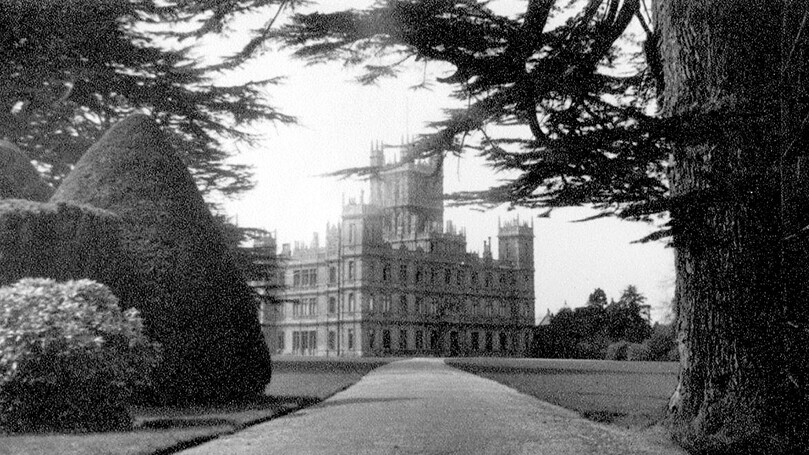
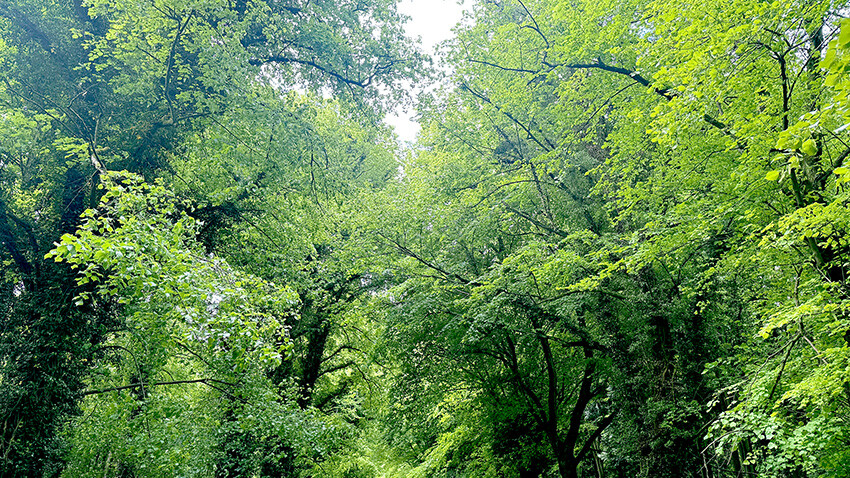
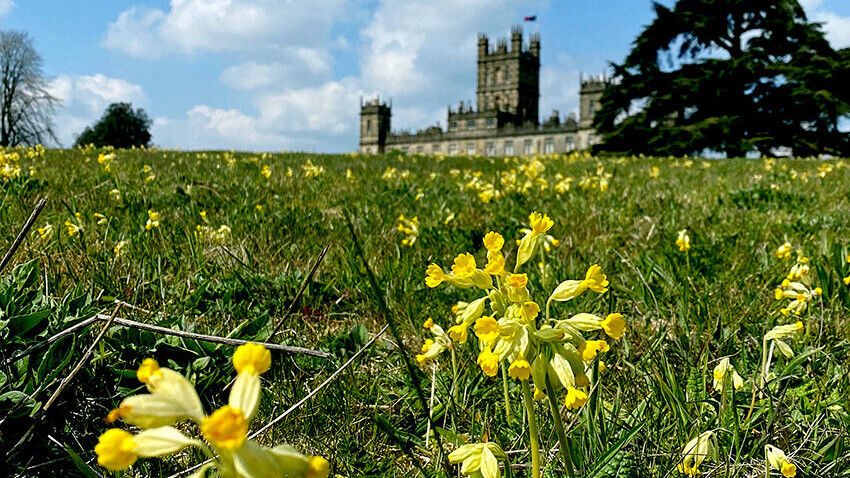
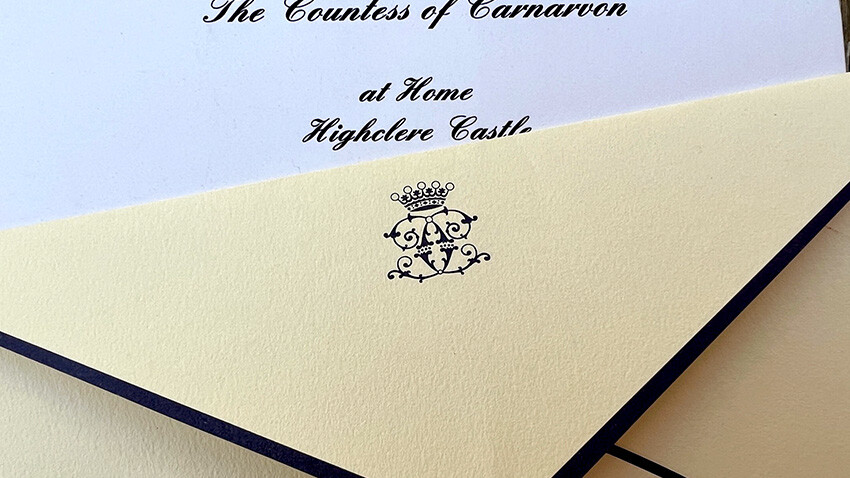
Lovely turning the paper lovely downton abbey tv because they was in the library and l love history and did you and lord Carnarvon have a nice weekend and lam fan of Downton Abbey and lovely to visit highcelere castle and thank you for the email you send it is very kind of you